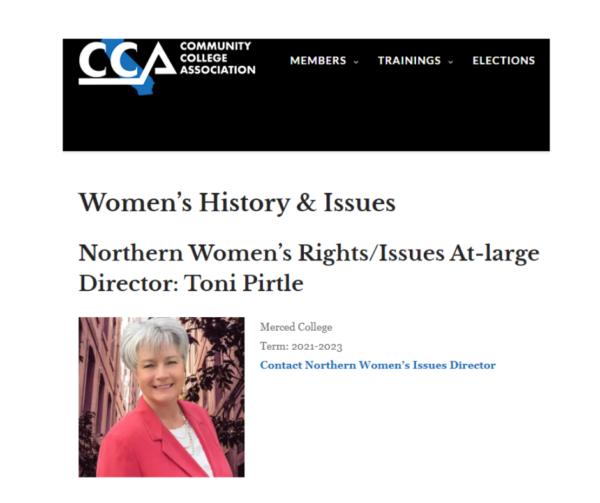
I serve on the CCA Board of Directors as the Northern Women’s Rights/Issues Director, and this weekend, Friday June 9 through Sunday June 11, the Board are all together in Burlingame, at CTA HQ for the Board Planning Session! Much dialog and business happening, with a great Board Packet to work through, for the good of all 🙂
The Community College Association, with CTA and NEA as its partners:
- advocates for California’s public higher education faculty
- empowers locals
- builds strong and effective coalitions
- promotes equity and inclusion
- strives to preserve quality public education



